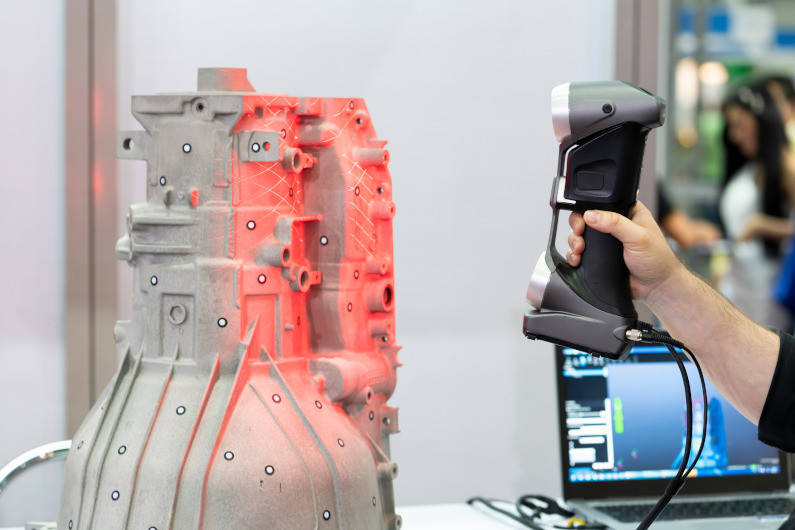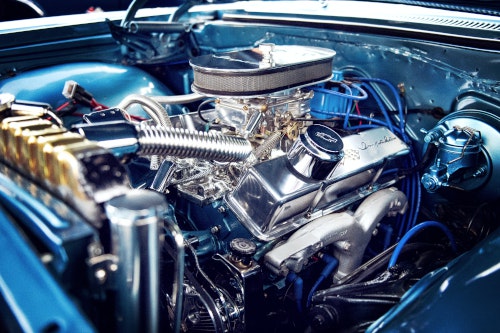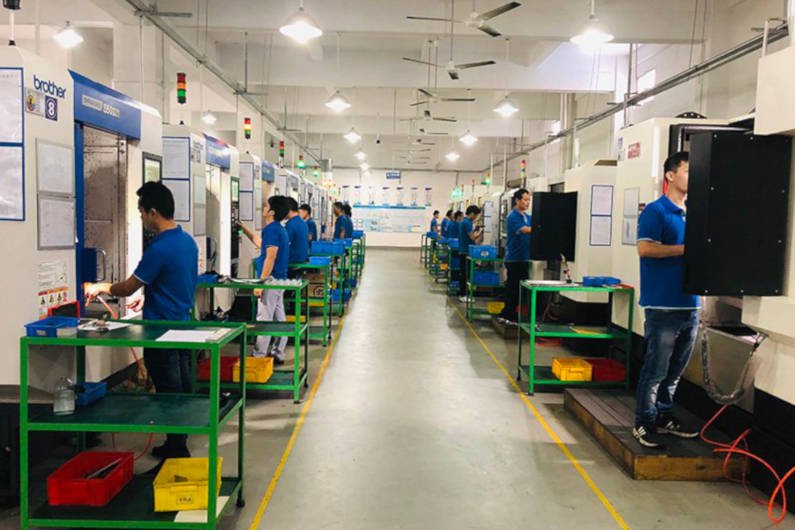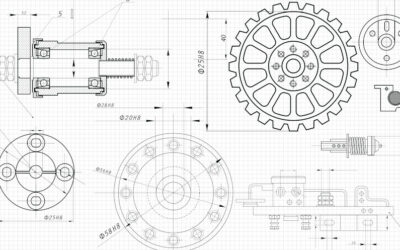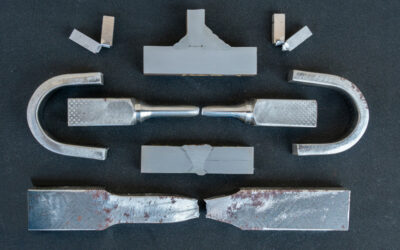In order to innovate and improve a technology or process, designers must have an in-depth knowledge of existing systems, either because they had a hand in the design of the originals or because they applied reverse engineering principles.
Reverse engineering as a methodology can be applied to a wide range of fields, like software, medicine, and chemistry, but the focus of this article is on mechanical engineering and CNC-related applications.
What is Reverse Engineering?
At its most basic, reverse engineering is the process of analyzing something to learn how it works and why by breaking it down into its component parts. Depending on the context of how it is applied, some or all of the following additional steps could be grouped into the classification of “reverse engineering”:
- Measurement and recording of the dimensions and positions of components within the assembly, typically captured using 3D scanning technologies nowadays.
- Creation of visual representations through computer-aided design (CAD) records, or traditionally, paper blueprints.
- Redesign and replacement of components as required to optimize the design of future product iterations.
- Reproduction of the assembly or specific components, which can include leveraging rapid prototyping technologies like CNC machining, 3D printing, urethane casting, etc.
When carried out by experienced professionals, it is a valuable practice that can be applied to replacing damaged equipment parts, improving the design of products and machinery, or achieving other engineering objectives.
Is Reverse Engineering Ethical?
While reverse engineering is a fundamental aspect of product innovation and development, along with successful maintenance and servicing activities, a common question that arises is whether it is an ethical practice. The short answer is that it depends on the application.
Patented and copyrighted products are legally protected against unethical reverse engineering. Using software as an example, many different commercial software licenses stipulate that reverse engineering of the digital product is prohibited as it could then be freely distributed or resold, negating all the time and effort the developer spent creating the software.
On the other hand, for certain software applications it may be important, such as to ensure that your product integrates seamlessly with a different application, or to understand and counteract malware.
Many uses of reverse engineering are expected and even encouraged depending on the circumstances, but it should not be used simply to duplicate a commercial product for resale as-is.
5 Use Cases for Reverse Engineering
Within the scope of mechanical engineering and CNC machining, reverse engineering can be classified under several different use cases. Depending on the product or equipment in question, these applications may even intersect or overlap.
1) Out-of-Production Parts
When hobbyists are restoring vintage machinery, like classic cars, or production facilities need to repair their aging equipment and have run out of spare parts stock, there’s a good chance they will not be able to source the original parts.
Businesses can close or the original equipment manufacturer (OEM) can move on to newer models and stop producing replacement parts for older models. Either way, the only way to identify and procure the necessary parts or components may be through reverse engineering, either in collaboration with the OEM or with an independent service provider.
2) Made-to-Fit Integrations & Upgrades
Whether medical professionals are commissioning patient-specific implants and prosthetics, or you are looking to modify your machinery with add-ons, reverse engineering helps us understand how to get the perfect fit with existing structures. This is essential for ensuring seamless integration and preventing performance issues.
It also means that designers will often apply 3D scanning technologies like laser scanners and coordinate measuring machines (CMMs) to precisely measure and match the mating surfaces of the new and the existing parts. Other examples of this kind of reverse engineering could include consumer products like aftermarket automotive parts, or systems for integrating new devices with legacy systems, like adding smart devices and sensors to analog production machinery.
3) Failure Analysis & Performance Diagnosis
When machinery breaks down, malfunctions, or underperforms, you may be able to save money and even improve your operating efficiency by applying reverse engineering principles. Rather than replacing an expensive or difficult to procure piece of equipment, you can perform a failure analysis to identify the cause of the issue. This information can then be used to repair the equipment and get it back up and running, as well as to potentially prevent the issue from happening again.
For example, after conducting a failure analysis on a piece of pressurized equipment, an engineer might determine that a valve prematurely failed as a result of exposure to corrosives or abrasives. Rather than replacing the entire machine, only the leaky valve needs to be replaced to minimize downtime and repair costs.
If the valve failed prematurely, the engineer may also be able to extend the machine’s lifetime by opting for a replacement with more corrosion or wear resistance, or they could potentially change the operating conditions, such as by removing exposure to corrosive chemicals.
Be careful, however, as the OEM may have meant for the valve or other component to act as a failsafe for another part of the system. Redesigning components can potentially backfire, compromising safety and overall equipment lifetime.
4) Rediscovering Lost Designs
As your business’ product evolves over time, blueprint drawings can become lost or damaged, digital files can be misplaced or corrupted, and original designers or builders can move on, leaving a knowledge gap. Reverse engineering can help your team recover design information on your obsolete legacy products. This could be particularly useful if, for example, you need to revive older features of your product that have been phased out over time to accommodate a specific project’s needs.
5) Historical Studies & Preservation
Another interesting application of reverse engineering can be for the study and preservation of cultural and historical items. From understanding ancient engineering marvels to recreating digital and 3D printed artifacts, modern reverse engineering principles and technology are invaluable for creating an archive of knowledge and understanding our past.
One interesting example is the case of the Antikythera mechanism which dates to the times of the Ancient Greeks and is one of the oldest known examples of a mechanical analog computer. Using modern technology, such as x-ray tomography to visualize the heavily corroded fragments and interior components, historians and scientists were able to uncover the inner workings of the device and reverse engineer replicas for demonstrating its operation.
Reverse Engineering with Industry Experts
Reverse engineering is an invaluable process for designers and hobbyists everywhere to learn more about equipment so that they can repair or improve it. However, it is important to note that only industry experts with in-depth knowledge of the product or machinery should engage in reverse engineering activities.
Industry professionals can work faster, safer, and more accurately than inexperienced designers, who could risk irreparably damaging rare and expensive equipment during disassembly or missing key insights. Contact Gensun today to see how we can meet your reverse engineering and rapid prototyping needs.

